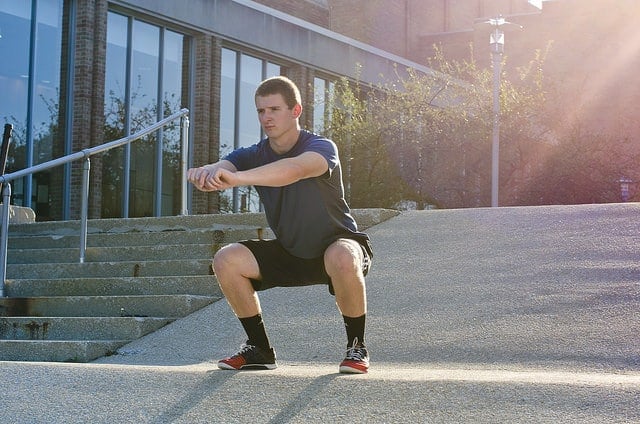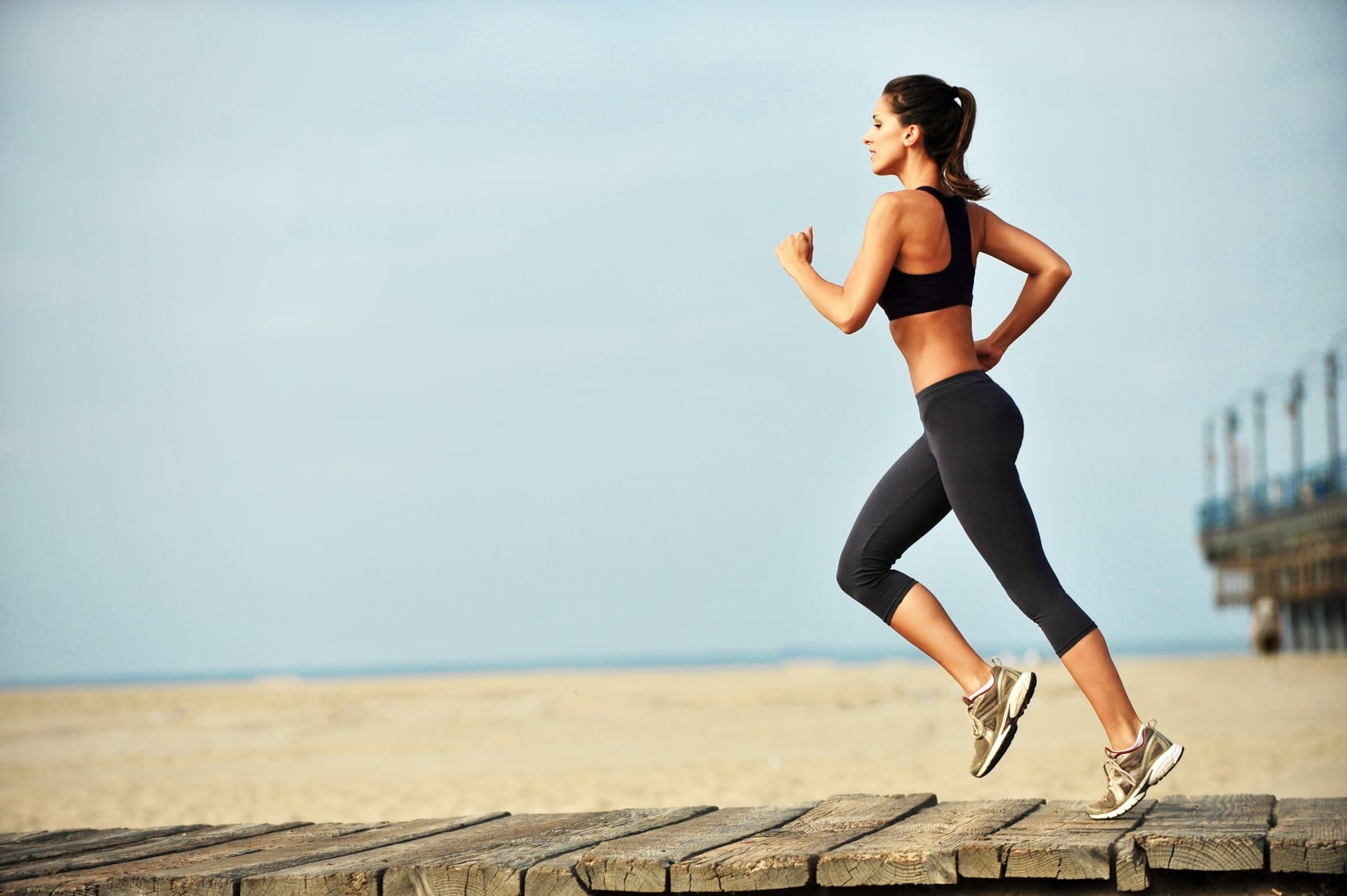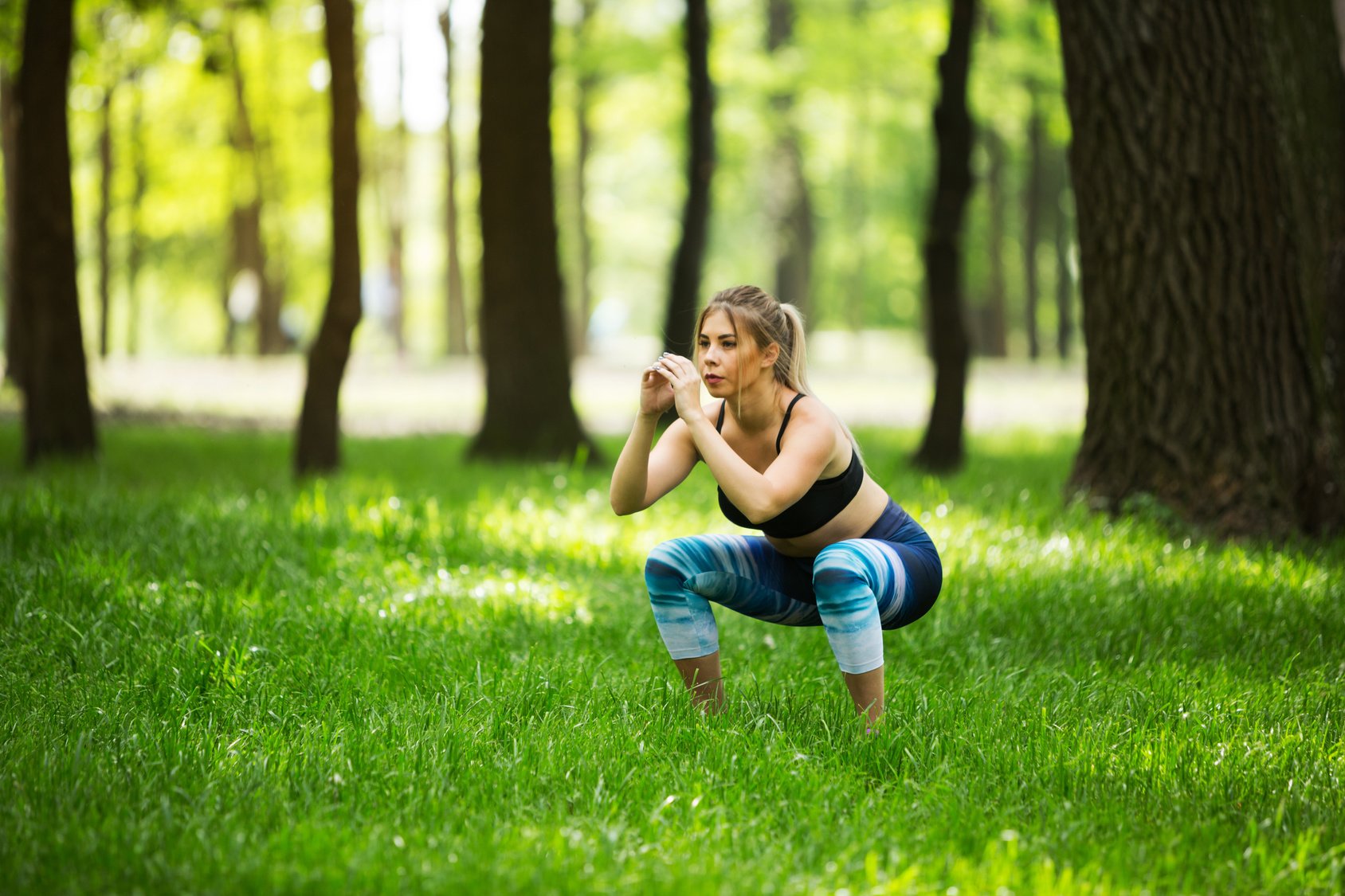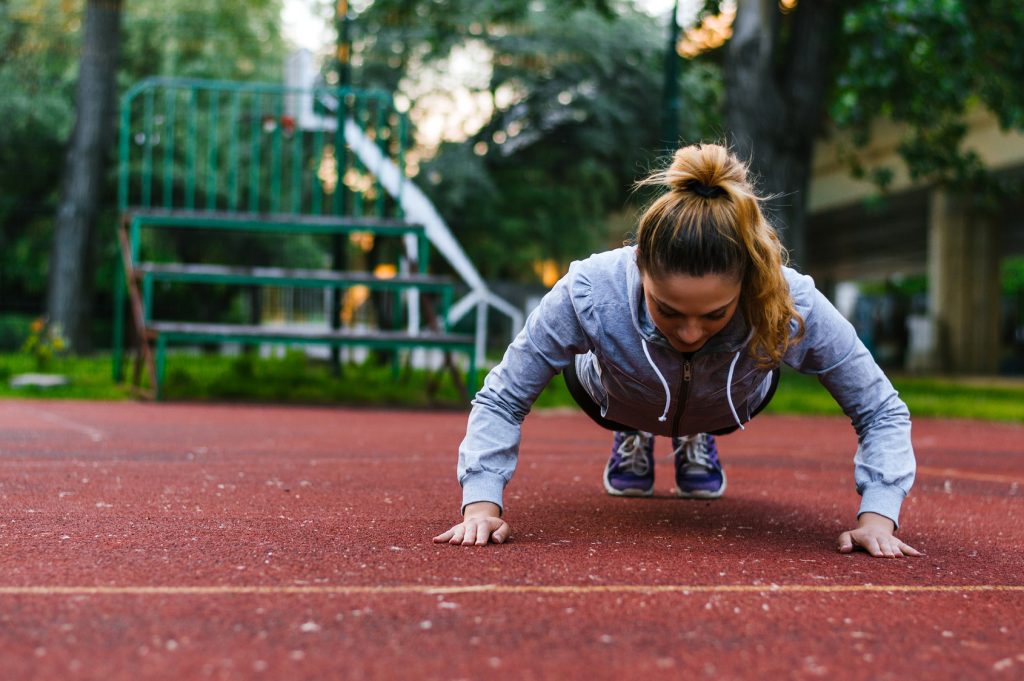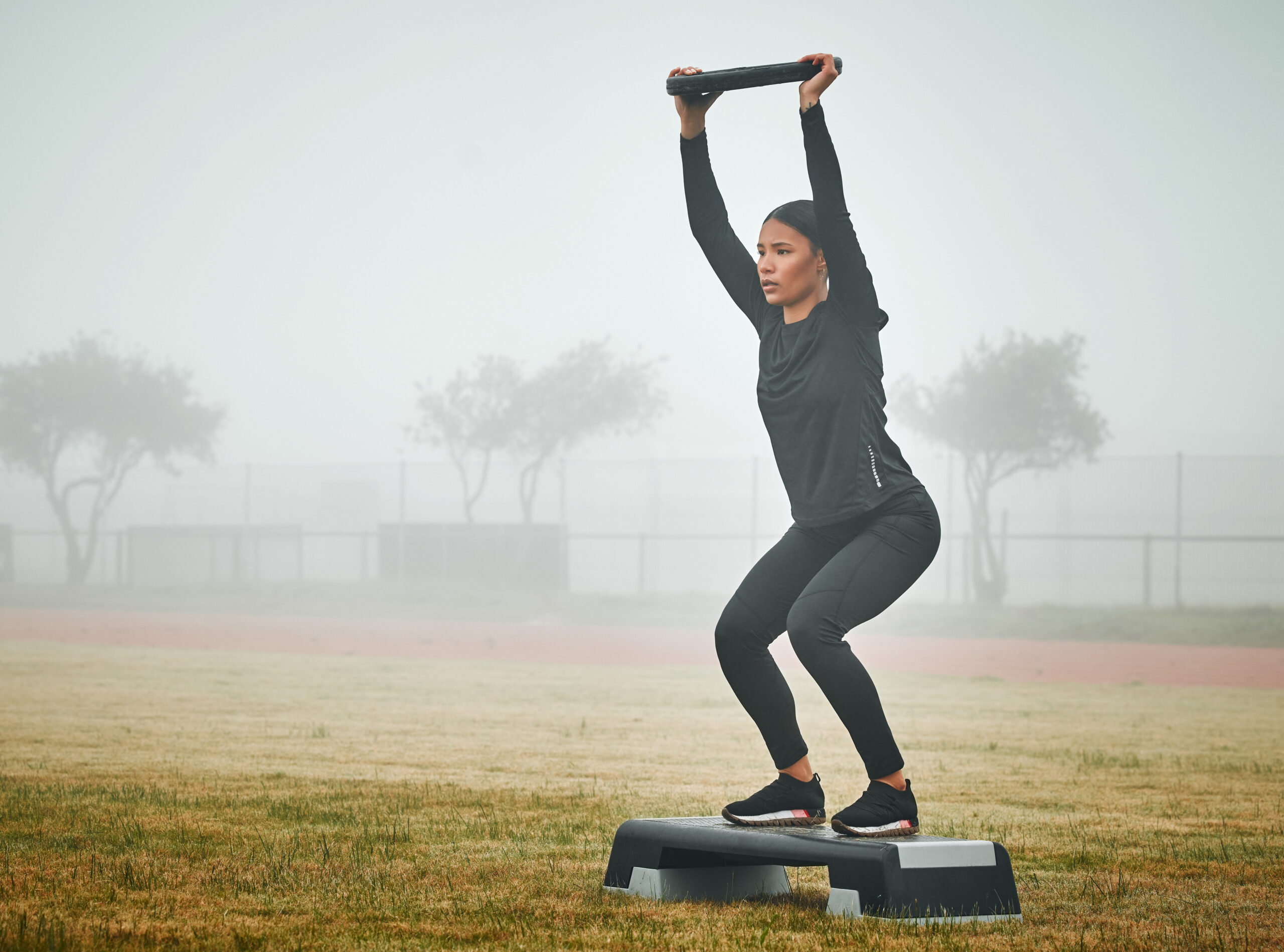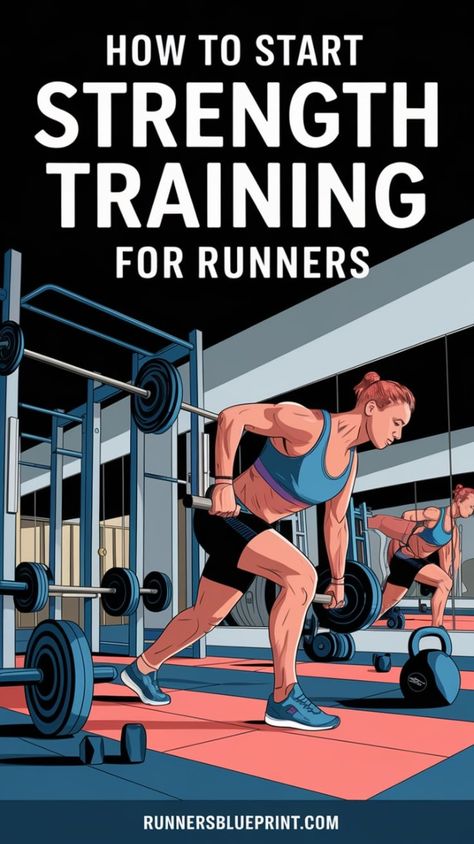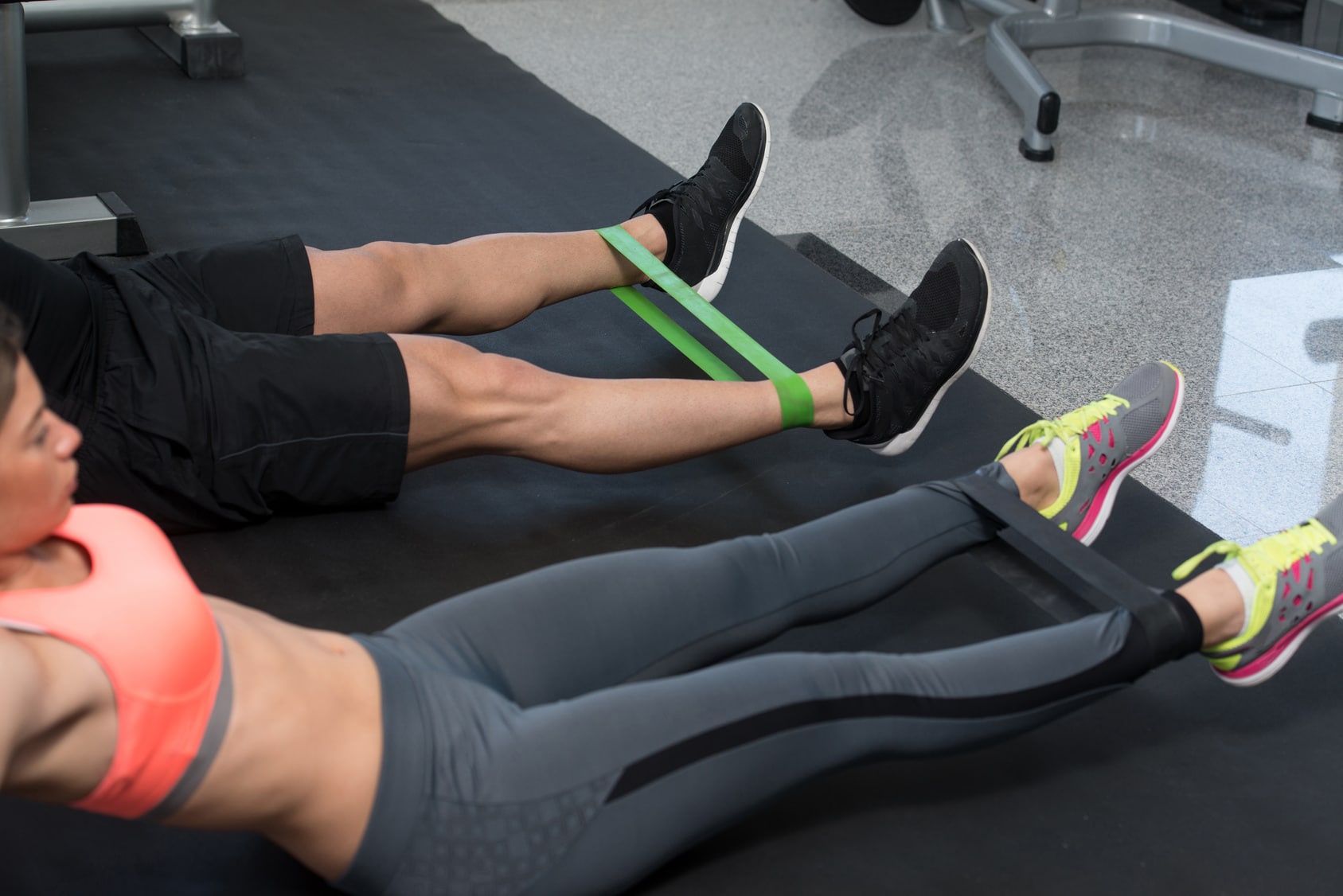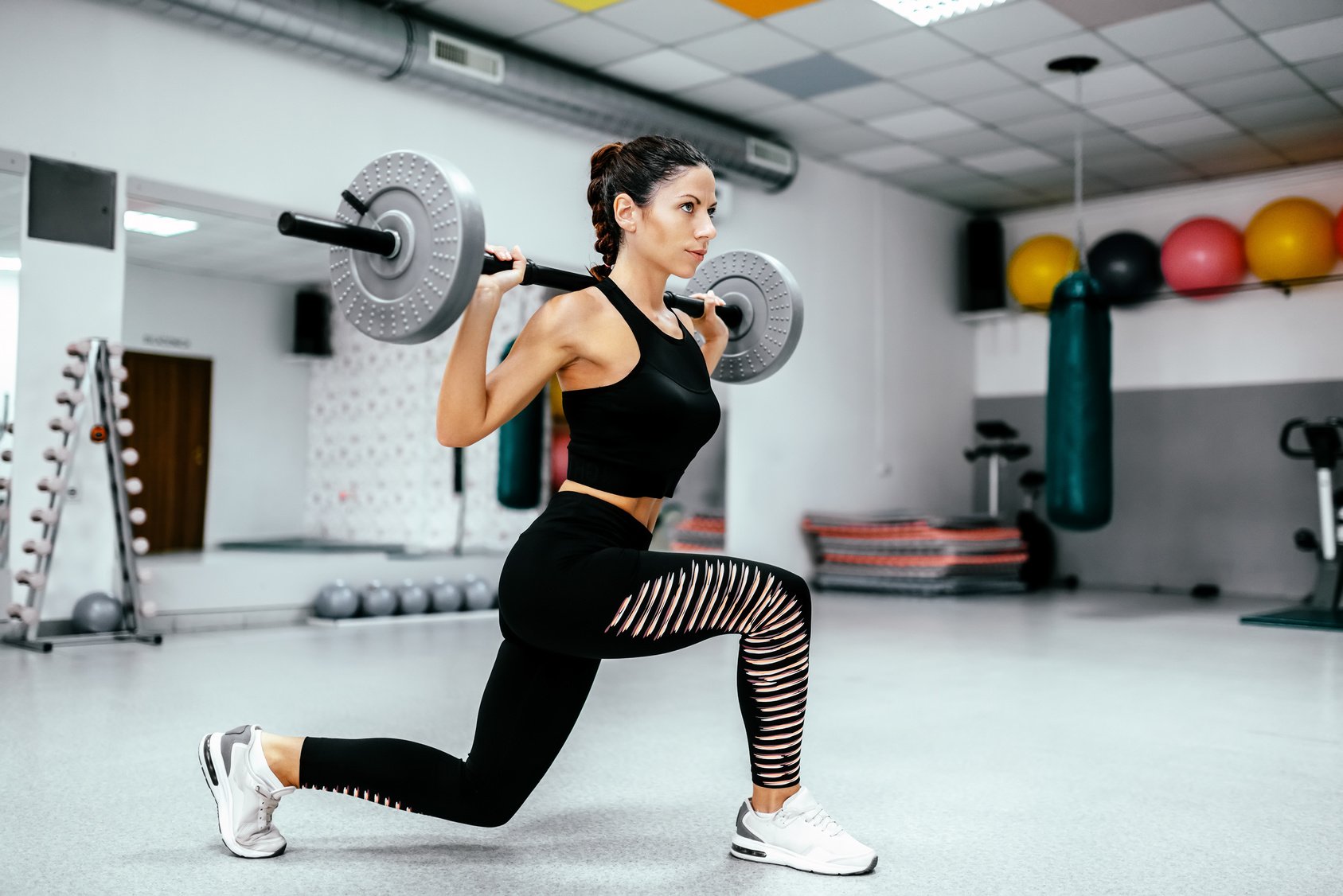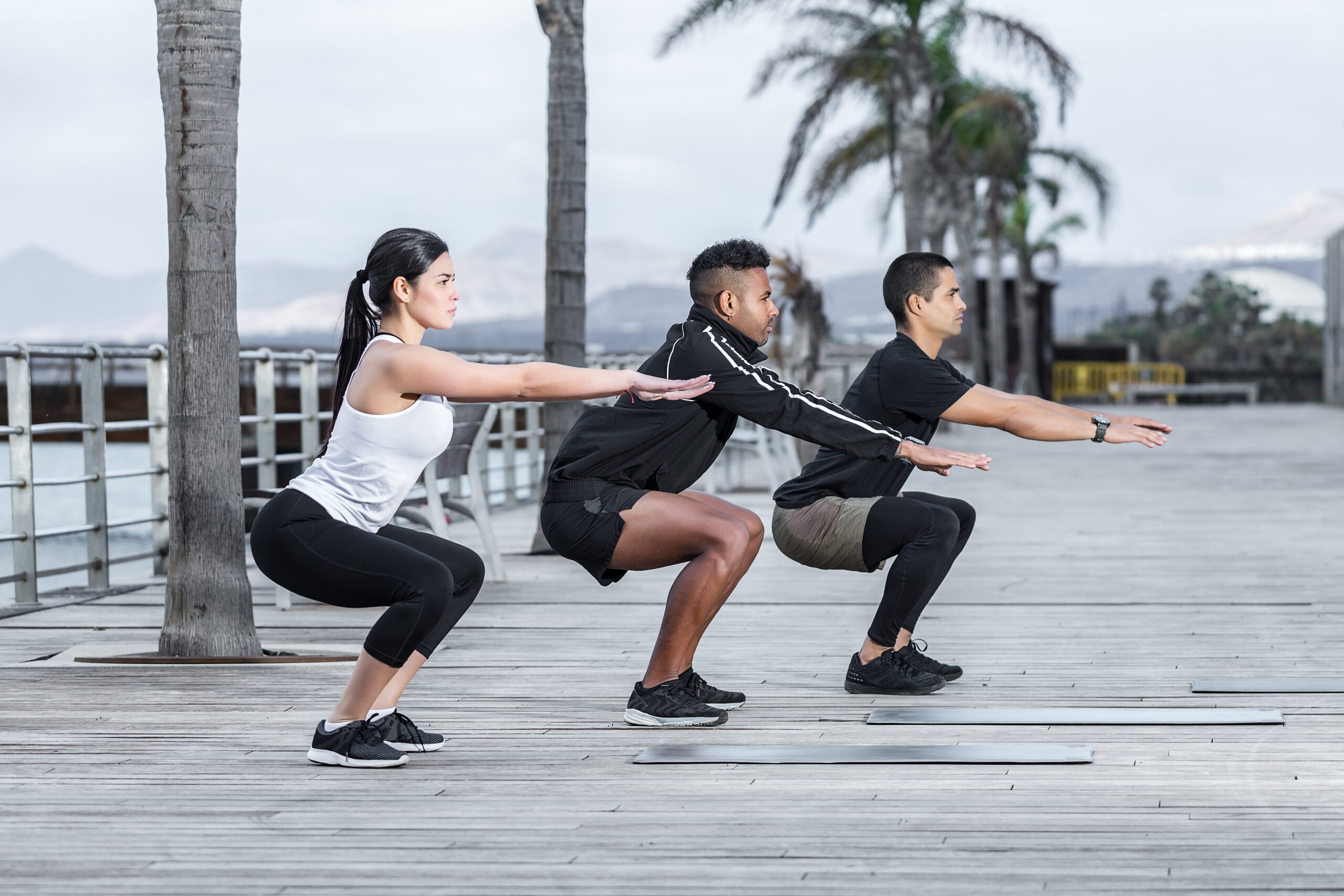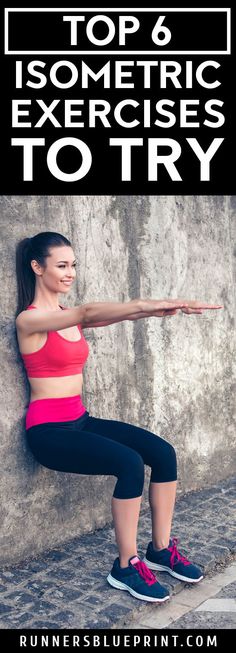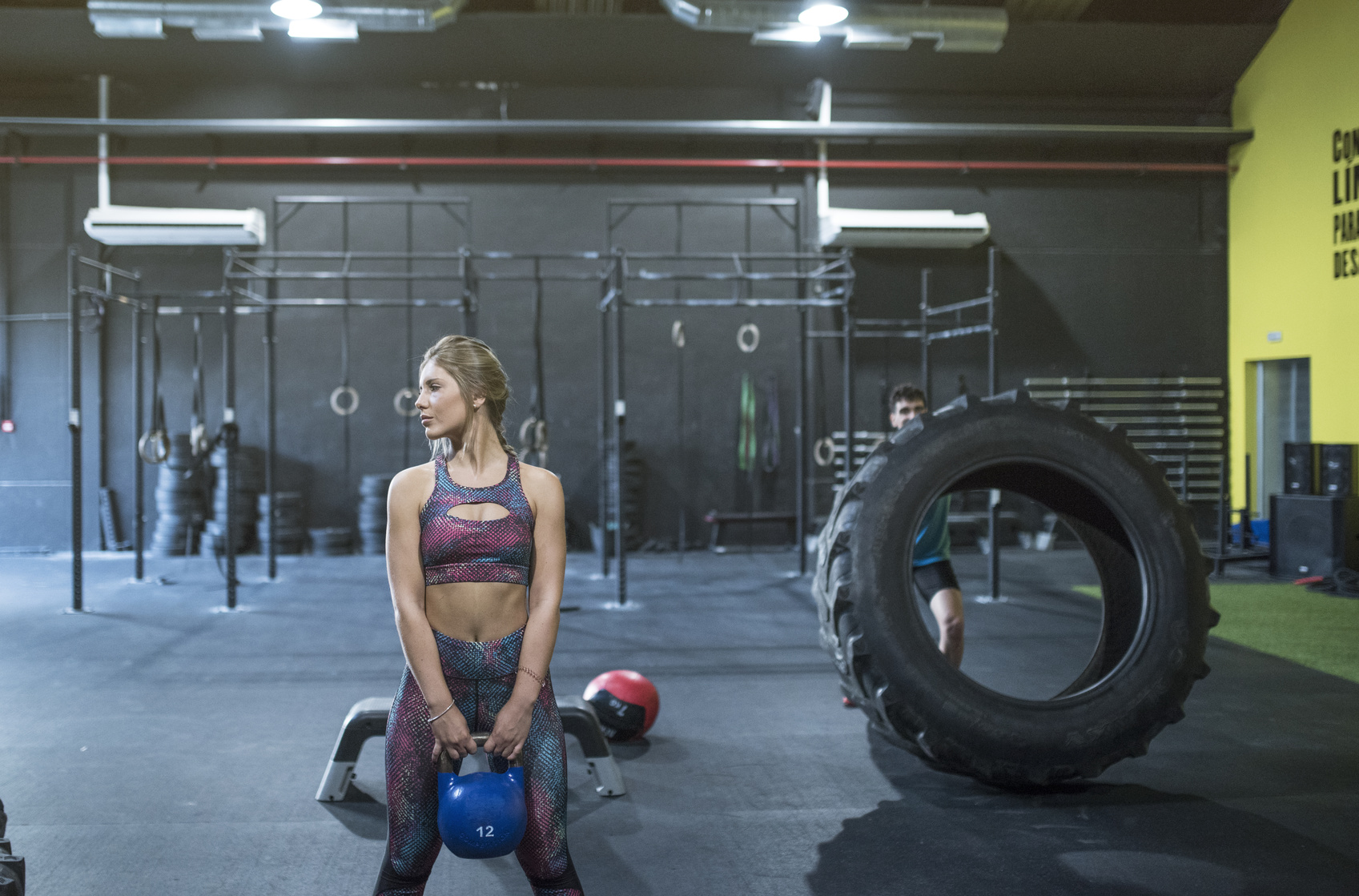Let me guess—you’re a runner who avoids the weight room like it’s a trap. I used to be the same.
I figured pounding out miles was enough. I called myself a “pure runner” and believed leg workouts were just fluff. That fantasy ended at mile 15 of a brutal Bali trail race. My knee buckled, and I had to limp to the sideline, humiliated.
My PT hit me with the truth: “Your legs aren’t strong enough.”
That hit harder than the trail did. But it was a turning point. Since then, I’ve built strength, stayed injury-free, and helped dozens of runners do the same.
This guide isn’t some generic leg day blueprint. It’s what worked for me and the athletes I coach. You’ll get real-world tips, stories from the trenches, and a workout plan that fits into your week without frying your legs. Let’s go.
Why Runners Need Leg Strength (Trust Me, You Do)
Let me dive into why you need strength work as a runner:
🔹 Injury Prevention
Your muscles are shock absorbers. If they’re weak, your joints take the hit. Research even shows strength training can slash your injury risk in half. Personally? I haven’t had a serious injury since I started lifting.
🔹 Running Economy = Free Speed
Stronger legs mean you burn less energy at the same pace. After a few weeks of squats and lunges, my “easy pace” actually felt easy. Like running with upgraded legs.
🔹 More Power on Hills and Finishes
You want that final kick? Or the legs to power up a climb? Strength is the answer. I remember gunning up a hill at mile 10 of a half marathon after months of deadlifts. I didn’t just survive. I attacked.
🔹 Form That Holds Up
Running is basically balancing on one leg over and over. Weak glutes and hamstrings? That’s when your running form breaks down. Single-leg work cleaned up my stride and made me feel stable, even on Bali’s uneven sidewalks.
The 30-Minute Leg Workout for Runners
This workout hits every key lower-body muscle you use when running. Glutes, quads, hamstrings, calves, and core stabilizers. It takes about 30 minutes, tops.
How it works:
- 8 moves total
- Alternate between different muscle groups
- Mix of single-leg and two-leg exercises
- 3 sets of 8–12 reps (adjust if you’re new)
- Rest ~60 seconds between sets
- Warm-up first! Think 5–10 mins of light cycling, jogging, or bodyweight squats
Progress your training by:
- Adding weight (start small, increase weekly)
- Bumping up reps or sets
- Switching to tougher variations (e.g. jump squats, single-leg deadlifts)
Heavy lifting (around 80% of your one-rep max) has been shown to improve running economy, but work your way up slowly and stay sharp with form.
1. Lunges
Muscles Worked: Glutes, quads, calves — plus a solid hit to your hamstrings and core for balance.
Lunges are my bread-and-butter leg move for runners. If running is all about single-leg strength and forward drive, lunges hit that right on the nose. Think of it like a slow-motion running stride, but with fire. When I started adding them regularly, I noticed two big changes: I had way more power in my push-off, and my knees stopped doing that sketchy wobble mid-run.
How to Do Them Right:
Stand up tall, feet about hip-width. Start with just your bodyweight if you’re new. If you’re ready for more, grab a couple of dumbbells or sling a barbell across your back.
Step forward with your right foot — not a baby step, but not a leap either — and plant it strong. Bend your front knee to roughly 90 degrees and let your back knee drop toward the floor (don’t slam it; control is everything). Your front thigh should end up almost parallel to the ground, and your knee should stay in line with your ankle — not flying past your toes.
Now here’s the real work: push through your front heel like you’re pressing the floor away and bring yourself back to standing. Alternate legs if you’re doing walking lunges, or do one side at a time if you want to fry your legs a little more.
Reps: I usually go 10–12 reps per leg, per set. You can walk them across a field or stick to in-place lunges — whatever gets you fired up.
David’s Go-To Variations:
- Walking lunges = great for range of motion
- Reverse lunges = easier on the knees
- Bulgarian split squats = pure leg fire. You prop your back foot on a bench and go deep on the front leg. It’s brutal — but it builds monster strength and reveals if one leg is slacking. I love to hate this one.
2. Calf Raises
Muscles Worked: Your calves — both the gastrocnemius (the big one) and the soleus (the deeper one). These are your power generators for push-off and ankle control.
Here’s the deal: runners talk quads and glutes all day, but your calves? They’re the unsung heroes. Every time you toe-off, your calves fire. Strong calves make your stride more efficient and can keep nasty stuff like Achilles pain and calf cramps away.
I learned the hard way. I used to cramp up deep into long runs. My fix? Regular calf raises. It changed everything.
How to Do Them:
Find a step or a sturdy ledge. Stand with the balls of your feet on it, heels hanging off. Hold something for balance if you need to.
Push through your toes and raise up high — think ballerina tall. Pause at the top, feel that hard contraction in your calves, then slowly lower until your heels dip just below the step. That slight drop gives your calves a juicy stretch. No bouncing. No momentum. Just honest work.
Reps: I usually hit 12–16 reps per set. Some days I’ll do 15 with both feet, then 10 single-leg on each side. That one-leg version really exposes any imbalances.
3. Squats
Muscles Worked: Quads, glutes, hamstrings, and core.
If I had to crown one strength move for total leg power, it’d be squats. Period. They build raw strength and help stabilize your knees, hips, and core. When I started squatting regularly, I stopped feeling sketchy going downhill. Before, I used to tip-toe down descents, worried my knees would buckle. That fear? Gone.
How to Do Them:
Feet shoulder-width. Toes turned out just a touch — whatever feels right for your hips. Drop it like you’re sitting in a chair behind you. Keep your chest proud, back straight, heels grounded. Don’t let your knees cave in or shoot forward past your toes.
Go down until your thighs are at least parallel to the ground. If you’ve got the mobility, deeper is great — more glute activation. Then drive through your heels and stand up strong.
Start with bodyweight. Goblet squats (holding a dumbbell at your chest) are also a solid entry point. More advanced? Load up a barbell for back squats.
Reps: 8–12 reps per set. Go heavier with fewer reps, lighter with more. Just never trade form for ego.
Coach’s Tip:
Form over depth. Always. Some runners obsess over going “ass to grass.” But if your form falls apart at the bottom, it’s not worth it. A solid partial squat with good control is better than a deep one that jacks up your lower back.
Also, your eyes should look straight ahead — not down. That tiny adjustment helps keep your spine aligned.
4 . Sumo Squats
Target Areas: Quads, glutes, and those underused inner thighs (adductors).
Sumo squats deserve their own spotlight. If you’re a runner struggling with knee wobble or hip instability, these can be a game-changer. The wide stance and feet turned out hit the inner thighs way more than your standard squat.
Why does that matter? Because your adductors help control side-to-side leg movement. If they’re weak, your knees might cave inward during a run, especially when fatigue sets in. I’ve seen this plenty in runners with IT band issues or that annoying “runner’s knee.”
Here’s how to do it:
- Take a wide stance, feet pointed out at about 45 degrees.
- Go bodyweight at first or hold a dumbbell/kettlebell between your legs. Barbell works too if you’re comfy with it.
- Sit back and down, keeping knees aligned with toes (they should track outward, not collapse in).
- Drop until thighs are parallel or you feel a good stretch in your inner thighs.
- Push through your heels and squeeze your glutes to stand.
Shoot for 10–12 reps. Start light. Form over everything.
A common mistake? Knees collapsing inward. Fight that by driving them outward as you come up.
5. Leg Press
Target Areas: Quads, glutes, hamstrings, calves (a little).
The leg press machine catches a lot of hate from gym purists, but don’t dismiss it. Especially for runners new to strength training or anyone needing to load the legs safely. I leaned on leg press heavily when my squat form was garbage. It let me build strength and confidence without risking my back.
How to do it:
- Sit down and set feet shoulder-width (or a little wider) on the platform.
- Keep feet flat, hips and back pressed into the seat.
- Start with knees bent around 90 degrees.
- Press out until your legs are nearly straight (don’t lock out).
- Lower back under control to that 90-ish degree bend.
Aim for 12 solid reps per set. Go heavier than your squats here — you’re supported, so you can push it. I do 3–4 sets of 10–12 when I’m in a heavy strength block.
Coach’s Tip: Foot placement changes what gets worked. High hits more glutes, low blasts quads. Keep knees aligned with toes. Never lock your knees at the top. Also, hands off your legs — use the grips, not your thighs, to stay stable.
6. Single-Leg Deadlifts
Target Areas: Hamstrings, glutes, lower back, core.
If I could only give a runner two exercises, the deadlift would be one of them. Why? Because running is basically a series of single-leg stances. And this move not only strengthens your backside, but also reveals any lopsidedness between legs. Trust me — you’ll know which leg is weaker.
How to do it:
- Stand on one leg, knee slightly bent.
- Hold dumbbells or just go bodyweight at first.
- Hinge forward at the hips as your free leg extends back.
- Keep your spine flat and hips square (no twisting).
- Lower until your torso is parallel to the ground (or as far as your hamstring flexibility allows).
- Drive through your heel to return to standing.
Do 8–10 reps per side. It’s gonna feel wobbly. That’s part of the magic.
Coach’s Tip: Hips love to cheat and open up. A trick? Point your back foot’s toes toward the ground. It helps square your hips. Also, keep your back flat like you’re balancing a cup of coffee on it.
I once had a runner whose left leg trembled like mad on these. He stuck with it. A few weeks in, the shakes were gone and his form looked clean. That carryover to his running? Massive.
And hey, there’s a reason physios love single-leg work. Running is a one-legged sport. Don’t ignore it.
7. Lunges with Rotation
Target Areas: Quads, glutes, calves, obliques, balance muscles.
Add some twist to your lunge and suddenly it hits different. Running isn’t just forward and back. Your torso rotates with each stride. This lunge variation taps into that natural twist and strengthens your ability to stay upright and stable under motion.
How to do it:
- Grab a medicine ball or dumbbell.
- Hold it in front of your chest, arms straight.
- Step into a lunge with your right leg.
- As you sink into it, rotate your torso toward that same side.
- Keep arms extended as you rotate from the spine.
- Come back to center and step back.
- Repeat on the other side.
10–12 reps per side does the trick. Don’t rush it.
Coach’s Tip: Smooth control is key. Don’t fling the weight. If you’re wobbling like crazy, lighten up or use just your hands. Keep chest up and eyes forward.
Why do I love this one? Because it mimics real-life running mechanics in a smart way. I used to have slight crossover gait and some IT band flares. My physio threw this move into my program and it paid off. My stride smoothed out, and my hips felt more locked in. It’s a small tweak with big returns.
8. Cable Knee Drives
Target Muscles: Hip flexors (mostly the iliopsoas), glutes, and your core for stability.
Let me tell you—this one hits a part of your stride that most runners ignore: the knee drive. That explosive motion that powers you forward, especially when you’re sprinting or charging up hills? Yeah, this is how you build it.
Funny thing is, for as much running as we do, hip flexors often get tight or weak from all the sitting and limited motion in daily life. Tight hips, short stride, sluggish form. Fixing that can make a night-and-day difference.
Cable knee drives aren’t just another gym move—they actually mimic how your leg works when running hard. I love using the cable machine here because it gives constant resistance through the full range of motion, just like your stride does.
How to Do It:
Set up at a cable machine with a low pulley and ankle strap. If you’re at home, a resistance band works too. Hook the strap to your right ankle and stand facing the machine, about two feet away so the cable has tension. Start light—this isn’t about heavy loads.
From there, balance on your left leg and drive your right knee up toward your chest, like you’re doing a high-knee sprint. Go for that 90-degree angle at the hip (think thigh parallel to the floor). Focus on a strong upward drive, not a lazy lift. Control the return—don’t just let it flop down.
Do 10–12 reps on one leg, then switch sides. Go for 3 rounds each leg. You’ll feel it fire up your hip flexors and make your stabilizing leg (the one on the ground) work too.
Coach’s Tip: Stand tall. Don’t lean back or hunch over. Let the movement come from your hips—not from swinging your body like a kettlebell. If you’re yanking with momentum, lower the weight. Trust me, you don’t need much here. Activate your abs on each rep too—that’s what your core does during real running.
No cable machine? No problem. Loop a resistance band around your foot, anchor it behind you, and mimic the same movement. Or grab some ankle weights and try high-knee marches. Just make sure there’s resistance as you lift the knee—that’s the magic.
Weekly Plan: Strength + Running
Here’s a simple way to mix strength into your week:
- Monday: Easy run or full rest. No lifting.
- Tuesday: Leg workout #1 (30 min)—can pair with a light run.
- Wednesday: Medium-distance run or cross-train.
- Thursday: Speed session (intervals, tempo).
- Friday: Leg workout #2—again, pair it with an easy run if needed.
- Saturday: Long run. The timing works—legs had a full day since lifting.
- Sunday: Off or recovery jog.
You don’t need to follow this exact setup—just keep the principle: don’t blast your legs the day before a big run.
If you’re running every day (shout out to my streak runners), tack these on after short easy days or bunch them with speed days if you’re going with the “hard day, hard day” plan.
Here’s your guide to strength training for runners.
Progression Plan
Stick with this for 8 weeks and level it up like this:
- Weeks 1–4: Get familiar with the moves. Start light. Bump up from 2 sets to 3 if things feel good.
- Weeks 5–8: Add weight where it makes sense. Or sneak in a fourth set. Or try a harder version of the move.
- By Week 8: You’ll feel stronger. You’ll run stronger. You’ll see the difference.
Maybe you’re cruising up hills you used to crawl. Maybe your easy pace is quicker at the same heart rate. Strength work doesn’t lie—it shows up in your runs.
Pre-Race Tapering
Got a race coming up? Ease off about 10–14 days before. The goal is fresh legs, not DOMS two days out. Some runners stop lifting altogether two weeks before, others just cut back to bodyweight or light stuff.
Me? I taper the load and volume, keep a bit of movement, and let the legs breathe.
Maintenance Phase
Race season gets hectic. You don’t have to go beast mode in the gym year-round. During heavy race blocks, keep just one full-body session per week. That’s enough to maintain the strength you built.
Remember: it’s easier to maintain than to build.
Recovery: Don’t Skip It
Strength training adds load. Respect the recovery. Eat right (protein matters), hydrate, sleep like it’s your job. I always foam roll my quads, calves, and hamstrings after leg day.
DOMS? That soreness is your badge of honor—it means you’re doing something new and your body’s adapting. A light recovery run or swim can help too.
I once read a comment from a seasoned runner on Reddit that stuck with me:
“DOMS is real, but it’s proof you’re working.”
True that. It fades, and then you level up.
Strong Legs = Strong Runner
If you’re serious about running better—not just logging miles but running with purpose—then get to work on your legs.
This isn’t about looking good in shorts. It’s about injury-proofing, building power, and running smarter.
The weight room (or your living room floor) is your next training ground.
Lace up. Load up. Let’s build those bulletproof runner legs.

